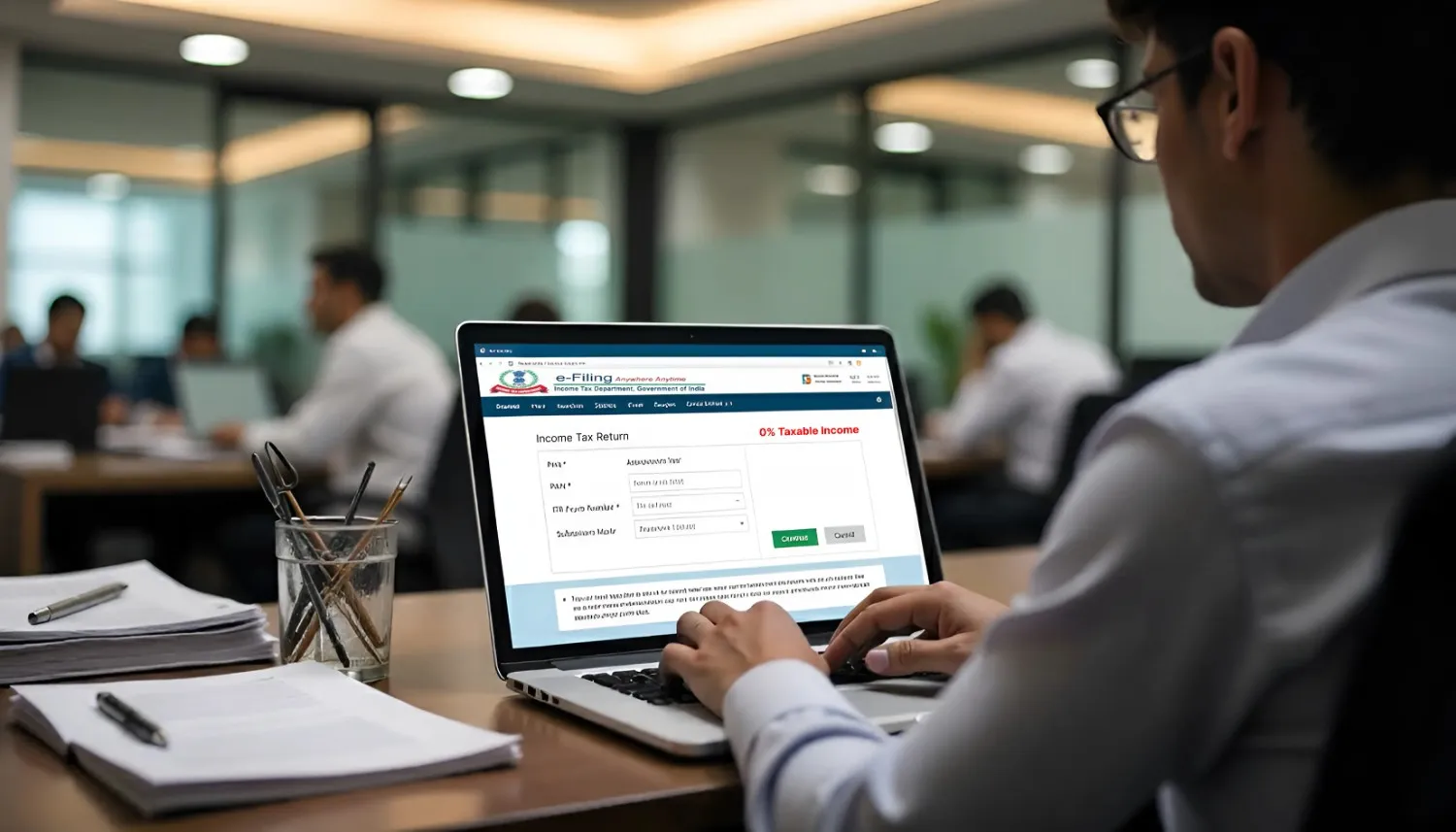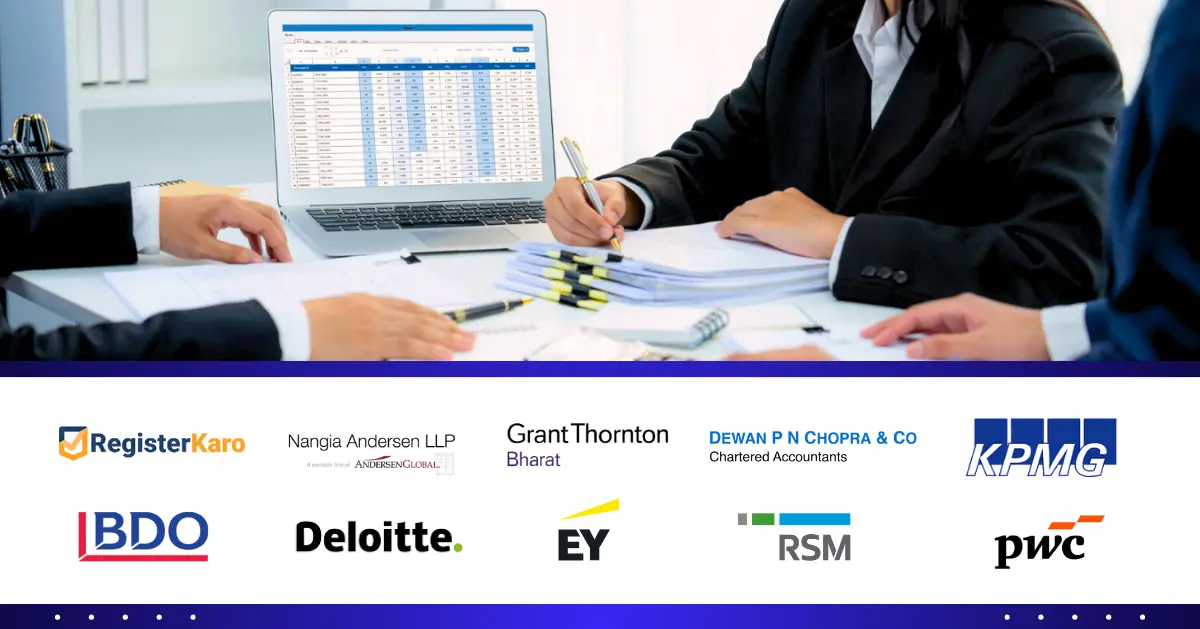
Introduction
Understanding depreciation on software as per the Income Tax Act is crucial for businesses. It can help reduce taxable income, optimize tax planning, and ensure compliance with legal requirements. However, businesses must follow specific rules, depreciation rates, methods, and compliance guidelines prescribed by the Income Tax Act to claim this benefit.
In today’s technology-driven world, businesses rely heavily on software to streamline their operations. From accounting software to customer relationship management (CRM) tools and enterprise resource planning (ERP) systems, software is at the core of enhancing productivity. But did you know that just like physical assets, software is also subject to depreciation under the Income Tax Act?
In this blog, we’ll explore the depreciation on software as per Income Tax Act, focusing on how software is classified for depreciation, applicable depreciation rates, calculation methods, tax benefits, and compliance rules. By following these steps, businesses can maximize their deductions while staying fully compliant with the law.
What is Depreciation Under the Income Tax Act?
Depreciation refers to the gradual reduction in the value of an asset due to usage, wear and tear, or obsolescence. According to the Income Tax Act of 1961, businesses are allowed to claim depreciation on both tangible and intangible assets. This allows businesses to recover a part of the cost of an asset over its useful life, which in turn reduces taxable income.
For software, depreciation is treated as part of intangible assets under the Income Tax Act. This means businesses can claim depreciation on their software over its useful life, just like they would for patents, trademarks, or licenses.
How is Software Classified for Depreciation Under the Income Tax Act?
As per the Income Tax Act, software falls under the category of intangible assets.
- Purchased Software:
If a business purchases software for its operations, it is classified as an intangible asset and eligible for depreciation under Section 32 of the Income Tax Act.
Example: A company purchases accounting software for ₹5,00,000. This software qualifies for depreciation under the applicable rules. - Developed Software:
If the business develops the software in-house, it can capitalize the development costs, including salaries, tools, and infrastructure used in the process. The business can then claim depreciation on the software over its useful life.
Example: A company invests ₹20,00,000 in developing custom software for its operations. - Leased Software:
If software is leased on a subscription basis, it is generally considered an operating expense rather than a capital asset. In such cases, depreciation typically does not apply.
Note: Ensuring the proper classification of software is crucial, as incorrect classification could result in missed tax benefits or compliance issues.
Read blog: Section 34 of the Income Tax Act, 1961
Depreciation Rate on Software as per Income Tax Act
Under the Income Tax Act, the prescribed depreciation rate for software is 25% per annum under the Written Down Value (WDV) method. This rate applies to all software categorized as intangible assets, whether purchased or developed in-house.
For example, if a company purchases software worth ₹4,00,000, the first-year depreciation would be ₹1,00,000 (25% of ₹4,00,000).
Software Depreciation in the Block of Intangible Assets
Software is included in the block of intangible assets, which also includes intellectual properties like patents, copyrights, trademarks, and goodwill. Businesses must keep track of the total value of assets in the block and claim depreciation accordingly.
Method of Depreciation Calculation for Software
When calculating depreciation on software, businesses can use one of two methods:
1. Straight Line Method (SLM)
Under the SLM, depreciation is calculated evenly over the software’s useful life. The same amount of depreciation is charged every year until the asset’s value is fully written off.
Example:
- Software Cost: ₹10,00,000
- Useful Life: 4 years
- Depreciation per year: ₹10,00,000 ÷ 4 = ₹2,50,000
In this case, the company would claim ₹2,50,000 depreciation each year.
2. Written Down Value (WDV) Method
The WDV method applies a fixed percentage (25% for software) to the book value of the software each year. This means the depreciation amount will vary each year as the book value of the software decreases over time.
Example:
- Software Cost: ₹10,00,000
- First Year Depreciation: ₹2,50,000 (25% of ₹10,00,000)
- Book Value at Year-End: ₹7,50,000
- Second Year Depreciation: ₹1,87,500 (25% of ₹7,50,000)
The WDV method results in a decreasing depreciation amount over the years.
Note: For tax purposes, the WDV method is mandatory under the Income Tax Act for software depreciation.
Claiming Depreciation for Purchased and Developed Software
1. Claiming Depreciation on Purchased Software
When a business purchases software, the cost of the software should be capitalized, and depreciation should be claimed every year. The depreciation should be calculated using the WDV method as prescribed by the Income Tax Act.
Example:
A business buys software for ₹2,00,000. After one year, the book value will be ₹1,50,000 (assuming 25% depreciation is claimed). The next year, depreciation will be calculated on the new book value of ₹1,50,000.
2. Claiming Depreciation on Developed Software
For developed software, businesses must capitalize all the development costs. This includes expenses such as developer salaries, tools, and infrastructure. Depreciation can only be claimed once the software is put into use.
Example:
A company spends ₹10,00,000 on developing software. The business can start claiming depreciation only once the software is operational and in use.
Tax Benefits of Depreciation on Software
Claiming depreciation on software under the Income Tax Act offers multiple benefits to businesses:
- Reduction in Taxable Income: Depreciation reduces the taxable income of a business, lowering its overall tax burden.
- Enhanced Cash Flow: By lowering the taxable income, businesses can retain more cash for reinvestment or other operational expenses.
- Improved Financial Planning: Depreciation provides businesses with a clear picture of their software-related expenses and assists in better budgeting.
- Tax Compliance: Claiming depreciation ensures compliance with the Income Tax Act and avoids potential penalties for underreporting income or overstating expenses.
Common Errors to Avoid in Depreciation Claims
While claiming depreciation on software under the Income Tax Act, businesses often make some common errors. Here are the mistakes to avoid:
- Misclassifying Software as Tangible Asset:
Software is an intangible asset, and businesses must avoid treating it as a tangible asset to ensure correct depreciation claims. - Incorrect Depreciation Rate:
Applying the wrong depreciation rate could result in a higher or lower deduction, leading to tax issues. - Failing to Capitalize Development Costs:
Businesses must capitalize all software development costs before claiming depreciation. Failing to do so can result in non-compliance. - Missing Depreciation Filing Deadlines:
Depreciation must be claimed within the applicable financial year. Missing deadlines can result in lost tax benefits.
Conclusion
Understanding depreciation on software as per the Income Tax Act is essential for businesses to maximize tax savings and ensure compliance. With proper compliance, businesses can take advantage of the tax benefits offered by depreciation and reduce their overall tax burden.
By adhering to the Income Tax Act‘s rules, businesses can avoid common mistakes, ensure smooth tax filings, and optimize their tax benefits.
Need assistance with your software depreciation claims?
Registerkaro offers expert tax consultation and compliance support to help your business stay tax-efficient. Contact us today at support@registerkaro.in or call +918447746183 to streamline your tax filings!
Frequently Asked Questions (FAQs)
- Can I claim depreciation on cloud-based software?
- No, cloud-based software subscriptions are treated as operating expenses rather than capital assets and are not eligible for depreciation under the Income Tax Act.
- No, cloud-based software subscriptions are treated as operating expenses rather than capital assets and are not eligible for depreciation under the Income Tax Act.
- Is GST applicable on software depreciation?
- No, GST is not applicable to depreciation claims, but it is applicable at the time of purchasing software.
- No, GST is not applicable to depreciation claims, but it is applicable at the time of purchasing software.
- Can startups claim additional depreciation on software?
- Startups under specific government schemes may qualify for tax benefits, but additional depreciation on software is generally not available.
- Startups under specific government schemes may qualify for tax benefits, but additional depreciation on software is generally not available.
- What happens if I forget to claim depreciation in a financial year?
- Depreciation must be claimed in the same financial year. If missed, businesses cannot claim it in subsequent years.
- Depreciation must be claimed in the same financial year. If missed, businesses cannot claim it in subsequent years.
- How do I update software depreciation records for tax audits?
- Keep proper documentation such as invoices, depreciation schedules, and accounting records to ensure smooth tax audits and compliance.
- Keep proper documentation such as invoices, depreciation schedules, and accounting records to ensure smooth tax audits and compliance.
- Can I claim depreciation for software that is not used in business?
- No, depreciation can only be claimed on software used for business purposes.
- No, depreciation can only be claimed on software used for business purposes.
- How can I calculate depreciation if the software is used for multiple years?
- Depreciation should be calculated each year based on the book value, either using the SLM or WDV method.
- Depreciation should be calculated each year based on the book value, either using the SLM or WDV method.
- Is there any exemption for depreciation on software for small businesses?
- Certain exemptions may apply to startups and MSMEs, but it depends on specific government schemes and tax regulations.
- Certain exemptions may apply to startups and MSMEs, but it depends on specific government schemes and tax regulations.
- Can I claim depreciation for software acquired on lease?
- Typically, leased software is treated as an operating expense and is not eligible for depreciation.
- Typically, leased software is treated as an operating expense and is not eligible for depreciation.
- What records are needed to claim depreciation on software?
- Maintain purchase invoices, development cost records, and depreciation schedules to claim depreciation accurately.
- Maintain purchase invoices, development cost records, and depreciation schedules to claim depreciation accurately.




